WATER PROJECTS
Consecutive droughts have been hard on the Maasai. Their traditional source of livelihood, cattle, is seriously depleted. Villages are empty because whatever remaining cattle there are have been moved hundreds of miles away in search for better pasture and water.
When Maasai cattle die, declining income causes stress in every family. Children often have to stay at home due to lack of school fees and food. Even if school is affordable, they can be sent home due to the school lacking water and food. Nearly all schools have suspended lunch programs because of the drought.
It is the women's and girls' role to fetch water up to 7-8 miles away; carrying a container weighing 20 kilograms/44 pounds. There is a strong correlation between proximity to water and school attendance for girls.
Maasai land remains dry, dusty and extremely hot. For generations droughts never happened during January, February, March and April. Maasai elders, traditionally attuned to their environment, are puzzled by this change. Droughts are happening more often and lasting longer.
Starvation is forcing many Maasai to leave their homes to find an alternative to their traditional pastoral lifestyle. It is unclear what this alternative lifestyle will be.
WHAT TO DO?
MANDO's plan is to roll out a network of clean springs, boreholes or wells fitted with hand pumps or generators so that no one is more than three miles from a source of clean water.
Currently MANDO volunteers are gathering information and working with government agencies to develop springs for the Eremit community.
Last year MANDO invited water engineer Tom Armstrong with 30 years experience as an international consultant to appraise the water supply. Tom visited Eremit, Emboliei and Esonorua with geologist Eric Kalulu. Their study resulted in a an overall plan and budget to (1) study potential for dams and/or deep boreholes, (2) drill one borehole (equipped with pump, generator and water tower) and two dams per community, (3) introduce hygiene awareness and global warming initiatives such as a tree nursery.
MANDO continues to look for funding to enable access to clean water for livestock and domestic use. Springs are dug by hand with people and livestock sharing the saline water. They dry up during droughts.
CURRENT EFFORT - EREMIT RESERVOIR
This community covers a particularly large area. While there are a few dams, these dry up for months on end. Water is supposed to be transmitted from a productive, yet far off, spring through a 6” surface pipe. However, the reservoir remains unfinished. Near Loikum-kum, it would serve as a balance tank in the gravity-based transmission system. Apparently it needs only a roof, plastering and connection to the pipe. A pump to enhance gravity flow could help the system as-built.
ACCOMPLISHED - SCHOOL ROOF CATCHMENTS
Enkoireroi school was established to reduce the more than 20-kilometers children had to trek to get to school. Originally built as a temporary structure, the school has seen its students excel, and last year it showed up best in Kajiado district examinations.
Lack of water was hindering student concentration. This, along with the prospect of future conflict over water, focused turned to gutters. These were installed and a roof put over a collection tank. The gutters can now collect enough water to fill a 100 square-meter tank in a few minutes of rain. This was achieved through partnership with the Thomson Reuters Foundation staff in Nairobi and Trust.org. Materials (ballast, sand and water for concrete) came from the community while hardware, tools and local skilled labor were backed by Thomson Reuters.
By the end of the project, drought and famine were slowly turned around by water collected in the tank. A cholera epidemic was alleviated with purifying tablets and hygiene awareness training. Clean drinking water warded off water-borne diseases. Children had more time for their studies.
